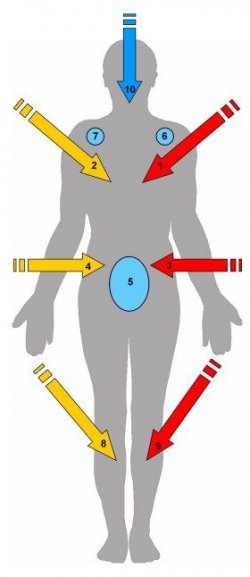I know this could get large, yet I still ask:
Post the striking pattern or numbering of your system.
Please do it one pattern per post.
Thank you
Post the striking pattern or numbering of your system.
Please do it one pattern per post.
Thank you

